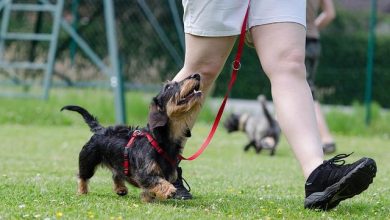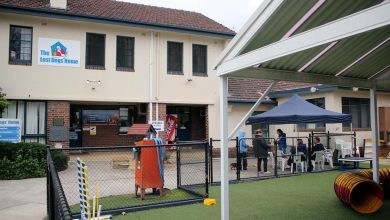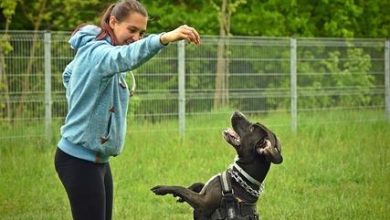How to Train a Dog to Respond to Commands Using Praise and Treats
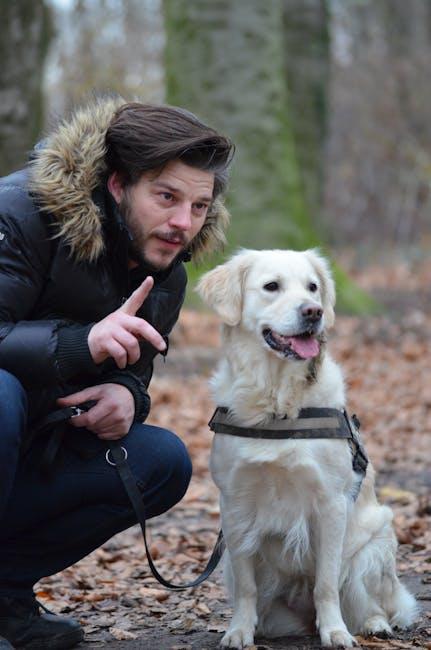
In the world of wagging tails and curious noses, communication between humans and dogs transcends the boundaries of spoken language. It is a dance of mutual understanding, built on trust and reinforced through positive reinforcement. Training a dog to respond to commands is not merely about obedience; it’s about forging a bond that harmonizes two different species. By using praise and treats, we tap into the natural instincts of our canine companions, turning training sessions into joyful exchanges. This article explores the art and science of teaching your dog to respond to commands, guiding you through a journey where every “sit” and “stay” is celebrated with wagging tails and happy barks. Join us as we delve into the techniques that make training a rewarding experience for both you and your furry friend.
Mastering the Basics of Command Training
To effectively teach your dog to respond to commands, it’s essential to build a foundation rooted in positive reinforcement. Start by establishing a consistent routine, as dogs thrive on predictability. Use short and clear commands, ensuring your tone remains calm and encouraging. Pair each command with a hand signal to enhance communication, as dogs are often more responsive to visual cues. When your dog successfully follows a command, immediately offer praise and a small treat to reinforce the behavior. This combination of verbal and physical rewards helps your furry friend associate the command with positive outcomes.
- Consistency: Use the same word and gesture for each command.
- Timing: Reward your dog immediately after they respond correctly.
- Patience: Training takes time, so be patient and persistent.
- Environment: Start in a distraction-free zone and gradually introduce more stimuli.
- Variety: Mix up the treats to keep your dog engaged and eager to learn.
By adhering to these principles, you’ll not only teach your dog essential commands but also strengthen the bond between you and your canine companion. Remember, the goal is to create a learning environment that is both fun and rewarding, making training a positive experience for both of you.

Harnessing the Power of Positive Reinforcement
Positive reinforcement is a powerful tool in dog training, leveraging the natural desire of dogs to please their owners. By using praise and treats, you can create a rewarding experience that encourages your dog to follow commands with enthusiasm. The key to success lies in consistency and timing. Ensure that you reward your dog immediately after they perform the desired action. This helps them associate the command with the positive outcome.
- Start Simple: Begin with basic commands like “sit” or “stay”. These are foundational skills that set the stage for more complex training.
- Use High-Value Treats: Choose treats that your dog finds irresistible. These can be small pieces of chicken, cheese, or commercial training treats. The more your dog loves the treat, the more motivated they’ll be.
- Pair with Praise: Combine treats with verbal praise and petting. This not only reinforces the behavior but also strengthens your bond with your dog.
- Be Consistent: Consistency is crucial. Use the same command word and reward pattern each time to avoid confusion.
- Gradually Wean Off Treats: As your dog becomes more reliable in their response, slowly reduce the frequency of treats, replacing them with praise or play as rewards.
By focusing on positive reinforcement, you create an environment where learning is enjoyable for both you and your dog. This approach not only improves obedience but also fosters a trusting and loving relationship.
Balancing Treats and Praise for Effective Results
Finding the right mix of rewards and verbal affirmation is crucial to ensure your dog learns effectively and happily. While treats can be a powerful motivator, relying solely on them can lead to dependency. Integrating praise into the training process fosters a deeper bond and encourages your dog to respond out of genuine desire to please rather than just for a snack.
Consider the following tips to strike the perfect balance:
- Start with treats: Begin new commands with treats to capture your dog’s attention and make learning exciting.
- Gradually reduce treats: As your dog starts to understand the commands, slowly decrease the frequency of treats, replacing them with enthusiastic praise.
- Use varied rewards: Mix treats and praise with playtime or a favorite toy to maintain interest and motivation.
- Be consistent: Ensure your praise is genuine and consistent to reinforce the behavior you want to see.
By skillfully balancing these elements, you’ll cultivate an eager and responsive companion who responds not just for the treat, but for the joy of interaction and accomplishment.
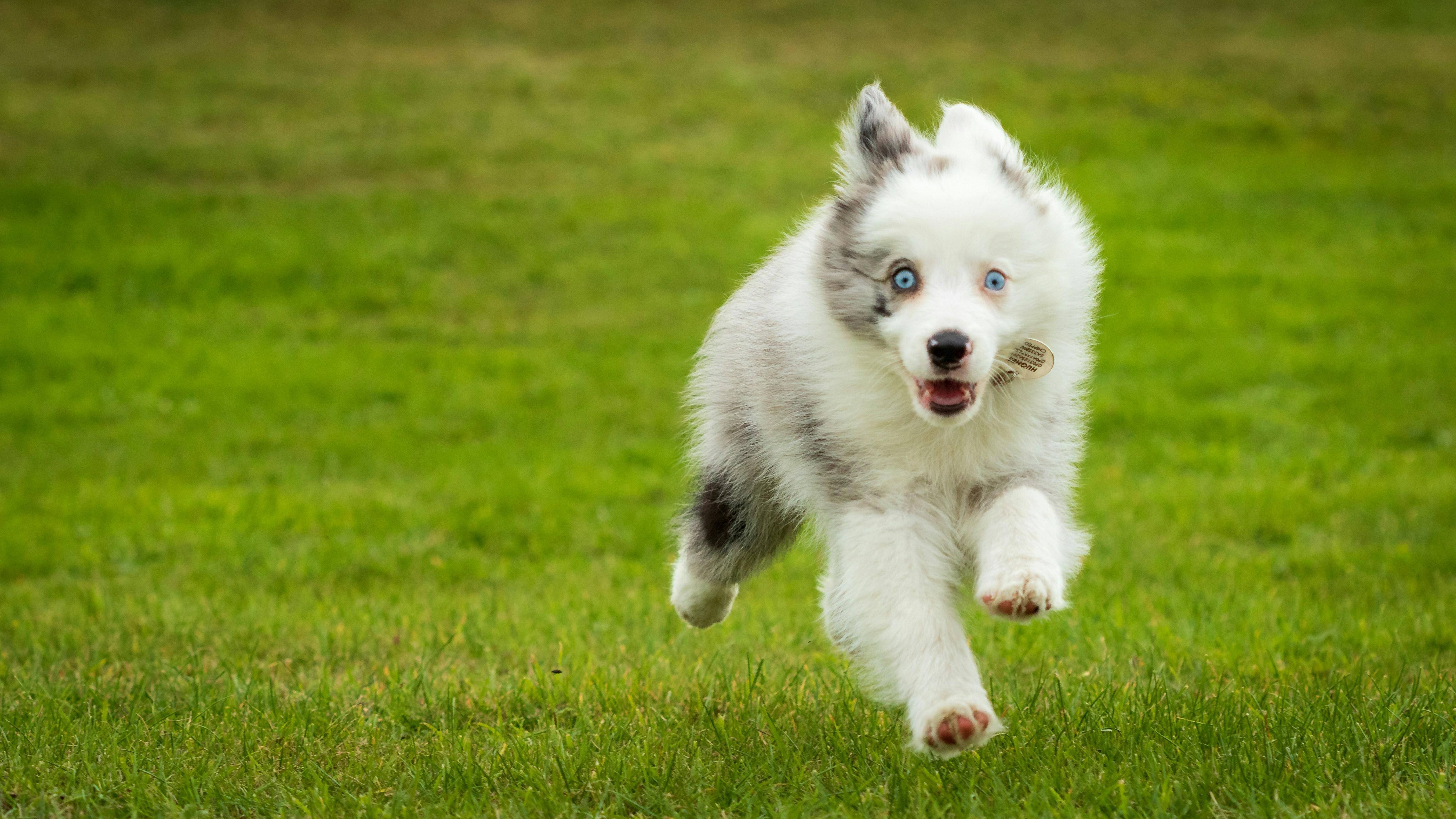
Troubleshooting Common Training Challenges
Even with the best intentions, training a dog using praise and treats can come with its fair share of hurdles. Understanding and addressing these challenges is crucial for effective training. Here are some common issues and ways to navigate them:
- Inconsistent Responses: If your dog responds inconsistently to commands, it might be due to environmental distractions or unclear signals. Ensure your commands are clear and consistent and practice in various settings to help your dog generalize the behavior.
- Over-reliance on Treats: While treats are a powerful motivator, relying solely on them can lead to a dog that only responds when food is present. Gradually introduce a variable reward schedule, mixing treats with verbal praise or petting, to encourage reliable responses without constant treats.
- Lack of Interest: If your dog seems uninterested in training sessions, it might be time to reassess your approach. Consider shorter, more engaging sessions and use high-value treats or toys that capture your dog’s attention.
Remember, patience and persistence are key. Each dog is unique, and understanding your pet’s specific needs will help you overcome these common challenges and achieve successful training outcomes.
Final Thoughts
As we wrap up our exploration into the rewarding journey of training your dog using praise and treats, it’s clear that the bond between you and your furry companion can only grow stronger through patience and understanding. By embracing this method, you’re not just teaching commands; you’re fostering a language of love and respect that transcends words. Remember, every wag of the tail and every eager response is a testament to your dedication and your pet’s trust in you. So, continue to celebrate the small victories, cherish the shared moments, and watch as your relationship with your dog flourishes. Here’s to a lifetime of happy, obedient companionship!
